|
[1]
|
P. Gailloud, S. Albayram, J. H. D. Fasel, N. J. Beauchamp, K. J. Murphy, Angiographic and embryologic considerations in five cases of middle cerebral artery fenestration, AJNR Am. J. Neuroradiol., 23 (2002), 585-587.
|
|
[2]
|
F. Cademartiri, D. Stojanov, D. W. J. Dippel, A. van der Lugt, H. Tanghe, Noninvasive detection of a ruptured aneurysm at a basilar artery fenestration with submillimeter multisection CT angiography, AJNR Am. J. Neuroradiol., 24 (2003), 2009-2010.
|
|
[3]
|
L. Hacein-Bey, C. A. Muszynski, P. N. Varelas, Saccular Aneurysm Associated with Posterior Cerebral Artery Fenestration Manifesting as a Subarachnoid Hemorrhage in a Child, Am. J. Neuroradiol., 23 (2002), 1291.
|
|
[4]
|
L. Arráez-Aybar, A. Villar-Martin, C. Poyatos-Ruiperez, G. Rodriguez-Boto, J. Arrazola-Garcia, Prevalence of fenestrated basilar artery with magnetic resonance angiography: a transversal study, Surg. Radiol. Anat., 35 (2013), 487-493. https://doi.org/10.1007/s00276-012-1053-5 doi: 10.1007/s00276-012-1053-5

|
|
[5]
|
H. Pleş, M. Loukas, N. Iacob, N. R. Andall, G. D. Miclăuş, R. S. Tubbs, et al., Duplication of the distal end of the left vertebral artery with fenestration of the right posterior cerebral artery, Rom. J. Morphol. Embryol., 56 (2015), 575-577.
|
|
[6]
|
A. Uchino, N. Saito, M. Takahashi, N. Okano, M. Tanisaka, Variations of the posterior cerebral artery diagnosed by MR angiography at 3 tesla, Neuroradiol., 58 (2016), 141-146. https://doi.org/10.1007/s00234-015-1614-5 doi: 10.1007/s00234-015-1614-5

|
|
[7]
|
W. P. Sanders, P. A. Sorek, B. A. Mehta, Fenestration of intracranial arteries with special attention to associated aneurysms and other anomalies, AJNR Am. J. Neuroradiol., 14 (1993), 675-680.
|
|
[8]
|
S. Kathuria, L. Gregg, J. Chen, D. Gandhi, Normal cerebral arterial development and variations, Semin Ultrasound CT MR, 32 (2011), 242-251. https://doi.org/10.1053/j.sult.2011.02.002 doi: 10.1053/j.sult.2011.02.002

|
|
[9]
|
Y. Y. Chen, F. C. Chang, H. H. Hu, A. C. Chao, Fenestration of the supraclinoid internal carotid artery associated with aneurysm and ischemic stroke, Surg. Neurol., 68 (2007), S60-63; discussion S63. https://doi.org/10.1016/j.surneu.2007.05.051
|
|
[10]
|
M. Kanematsu, K. Satoh, N. Nakajima, F. Hamazaki, S. Nagahiro, Ruptured aneurysm arising from a basilar artery fenestration and associated with a persistent primitive hypoglossal artery. Case report and review of the literature, J. Neurosurg., 101 (2004), 532-535. https://doi.org/10.3171/jns.2004.101.3.0532 doi: 10.3171/jns.2004.101.3.0532

|
|
[11]
|
M. A. Patel, J. M. Caplan, W. Yang, G. P. Colby, A. L. Coon, R. J. Tamargo, et al., Arterial fenestrations and their association with cerebral aneurysms, J. Clin. Neurosci., 21 (2014), 2184-2188. https://doi.org/10.1016/j.jocn.2014.07.005 doi: 10.1016/j.jocn.2014.07.005

|
|
[12]
|
E. Vörös, M. Kiss, J. Hankó, E. Nagy, Moyamoya with arterial anomalies: relevance to pathogenesis, Neuroradiol., 39 (1997), 852-856. https://doi.org/10.1007/s002340050519 doi: 10.1007/s002340050519

|
|
[13]
|
M. A. Piccinin, S. Munakomi, Neuroanatomy, Vertebrobasilar System, 2019.
|
|
[14]
|
F. Yilmaz, M.Y. Gundogdu, A critical review on blood flow in large arteries; relevance to blood rheology, viscosity models, and physiologic conditions, Korea-Australia Rheol. J., 20 (2008), 197-211.
|
|
[15]
|
J. Chen, X-Y Lu, Numerical investigation of the non-Newtonian blood flow in a bifurcation model with a non-planar branch, J. Biomech., 37 (2004), 1899-1911. https://doi.org/10.1016/j.jbiomech.2004.02.030 doi: 10.1016/j.jbiomech.2004.02.030

|
|
[16]
|
A. Arzani, Accounting for residence-time in blood rheology models: do we really need non-Newtonian blood flow modelling in large arteries?, J. R. Soc. Interface, 15 (2018), 20180486. https://doi.org/10.1098/rsif.2018.0486 doi: 10.1098/rsif.2018.0486

|
|
[17]
|
X. Tong, J. Dong, G. Zhou, X. Zhang, A. Wang, Z. Ji, et al., Hemodynamic effects of size and location of basilar artery fenestrations associated to pathological implications, Int. J. Numer. Methods Biomed. Eng., 37 (2021), e3507. https://doi.org/10.1002/cnm.3507 doi: 10.1002/cnm.3507

|
|
[18]
|
J. Bernsdorf, D. Wang, Non-Newtonian blood flow simulation in cerebral aneurysms, Comput. Math. Appl., 58 (2009), 1024-1029. https://doi.org/10.1016/j.camwa.2009.02.019 doi: 10.1016/j.camwa.2009.02.019

|
|
[19]
|
C. Fisher, J. S. Rossmann, Effect of non-Newtonian behavior on hemodynamics of cerebral aneurysms, J. Biomechan. Eng., 131 (2009). https://doi.org/10.1115/1.3148470 doi: 10.1115/1.3148470

|
|
[20]
|
I. Husain, C. Langdon, J. Schwark, Non-Newtonian pulsatile blood flow in a modeled artery with a stenosis and an aneurysm, Rec. Res. Envi. Geo. Sc, 413-418.
|
|
[21]
|
J. Xiang, V. M. Tutino, K. V. Snyder, H. Meng, CFD: computational fluid dynamics or confounding factor dissemination? The role of hemodynamics in intracranial aneurysm rupture risk assessment, Am. J. Neuroradiol., 35 (2014), 1849-1857. https://doi.org/10.3174/ajnr.A3710 doi: 10.3174/ajnr.A3710

|
|
[22]
|
S. Saalfeld, S. Voß, O. Beuing, B. Preim, P. Berg, Flow-splitting-based computation of outlet boundary conditions for improved cerebrovascular simulation in multiple intracranial aneurysms, Int. J. Comput. Assist. Radiol. Surg., 14 (2019), 1805-1813. https://doi.org/10.1007/s11548-019-02036-7 doi: 10.1007/s11548-019-02036-7

|
|
[23]
|
D. Ye, J. Huang, S. Wang, S. Sheng, M. Liu, Cerebral arterial fenestration associated with stroke and other cerebrovascular diseases, NeuroReport, 32 (2021), 1279-1286. https://doi.org/10.1097/WNR.0000000000001720 doi: 10.1097/WNR.0000000000001720

|
|
[24]
|
M. Bruneau, O. De Witte, L. Regli, B. George, Anatomical variations. In Pathology and surgery around the vertebral artery, Springer, Paris, 2011. pp. 53-74. https://doi.org/10.1007/978-2-287-89787-0_7
|
|
[25]
|
N. Miyamoto, Y. Ueno, K. Hira, C. Kijima, S. Nakajima, K.Yamashiro, et al., Characteristics of Clinical Symptoms, Cerebral Images and Stroke Etiology in Vertebro-Basilar Artery Fenestration-Related Infarction, Brain Sci., 10 (2020), 243. https://doi.org/10.3390/brainsci10040243 doi: 10.3390/brainsci10040243

|
|
[26]
|
M. Kubo, L. Hacein-Bey, P. N. Varelas, J. L. Ulmer, D. M. Lemke, J. F. Cusick, Ruptured saccular aneurysm of distal vertebral artery fenestration managed with Guglielmi detachable coils and intraventricular tissue plasminogen activator, Surg. Neurol., 63 (2005), 244-248. https://doi.org/10.1016/j.surneu.2004.02.038 doi: 10.1016/j.surneu.2004.02.038

|
|
[27]
|
E.o. Ott, H. Lechner, A. Aranibar, High blood viscosity syndrome in cerebral infarction, Stroke, 5 (1974), 330-333. https://doi.org/10.1161/01.STR.5.3.330 doi: 10.1161/01.STR.5.3.330

|
|
[28]
|
K. Furukawa, T. Abumiya, K. Sakai, M. Hirano, T. Osanai, H. Shichinohe, Increased blood viscosity in ischemic stroke patients with small artery occlusion measured by an electromagnetic spinning sphere viscometer, J. Stroke Cerebrovasc. Dis., 25 (2016), 2762-2769. https://doi.org/10.1016/j.jstrokecerebrovasdis.2016.07.031 doi: 10.1016/j.jstrokecerebrovasdis.2016.07.031

|
|
[29]
|
S. H. Song, J. H. Kim, J. H. Lee, Y. M. Yun, D. H. Choi, H. Y. Kim, Elevated blood viscosity is associated with cerebral small vessel disease in patients with acute ischemic stroke, BMC Neurol., 17(2017), 1-10. https://doi.org/10.1186/s12883-017-0808-3 doi: 10.1186/s12883-017-0808-3

|
|
[30]
|
B. M. Coull, N. Beamer, P. De Garmo, G. Sexton, F. Nordt, R. Knox, et al., Chronic blood hyperviscosity in subjects with acute stroke, transient ischemic attack, and risk factors for stroke, Stroke, 22 (1991), 162-168. https://doi.org/10.1161/01.STR.22.2.162 doi: 10.1161/01.STR.22.2.162

|
|
[31]
|
E. Sim, A. R. Vaccaro, A. Berzlanovich, H. Thaler, C. G. Ullrich, Fenestration of the extracranial vertebral artery: review of the literature, Spine, 26 (2001), E139-E142. https://doi.org/10.1097/00007632-200103150-00007 doi: 10.1097/00007632-200103150-00007

|
|
[32]
|
X. Meng, W. Ding, X. Wu, P. Di, Clinical investigation and characterization of vertebrobasilar dolichoectasia and vertebral artery dominance, Discov. Med., 25 (2018), 151-158.
|













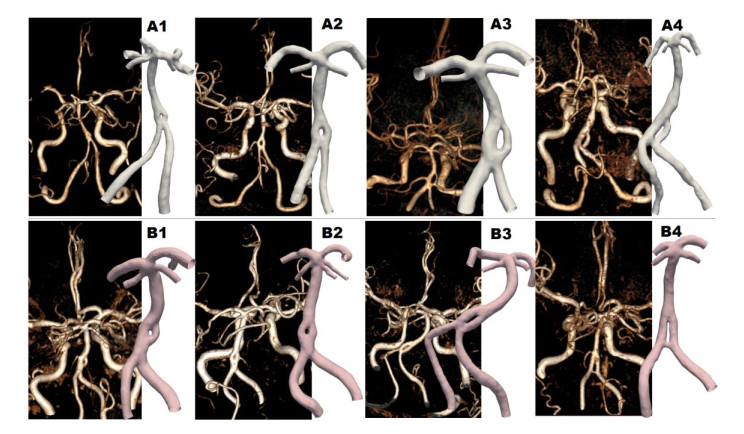
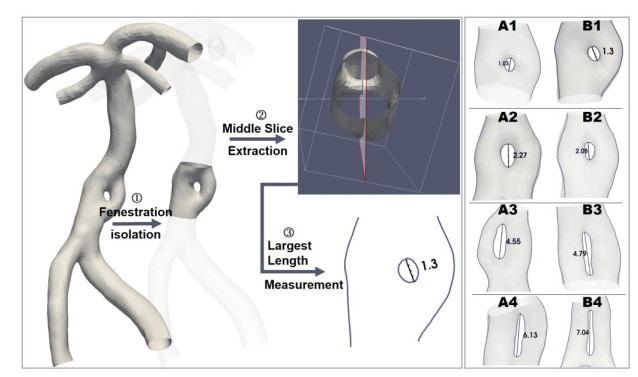
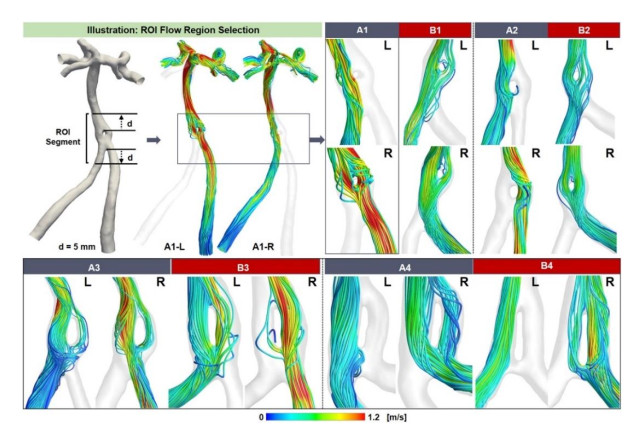
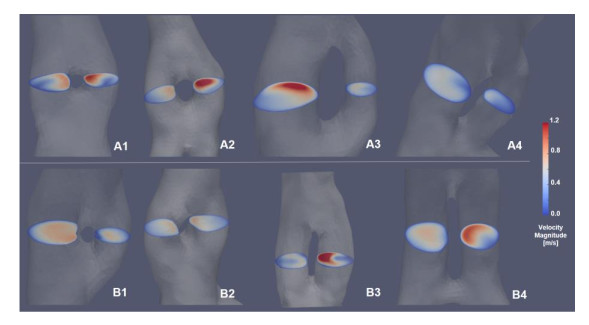
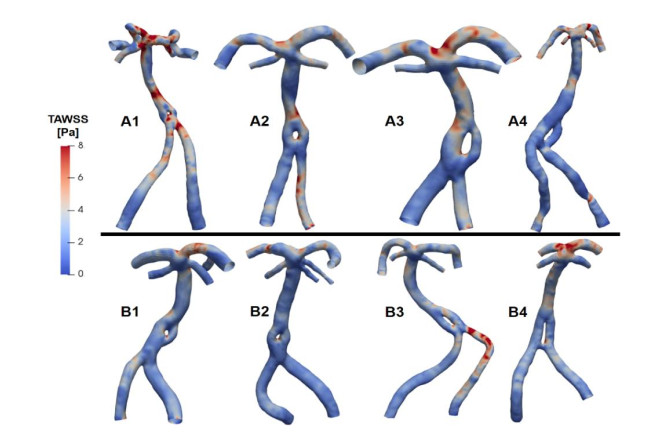
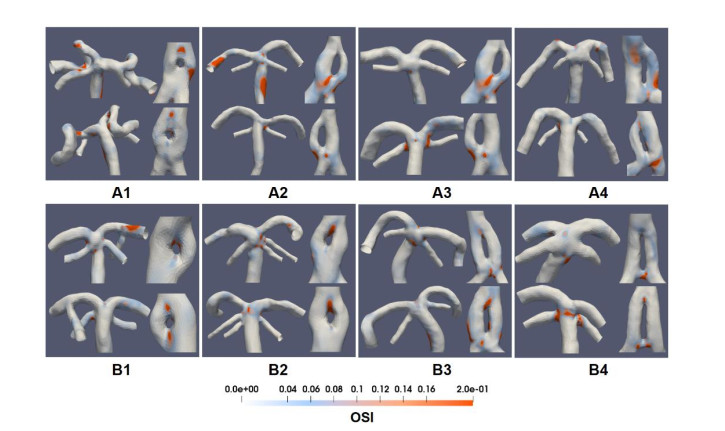



 DownLoad:
DownLoad: